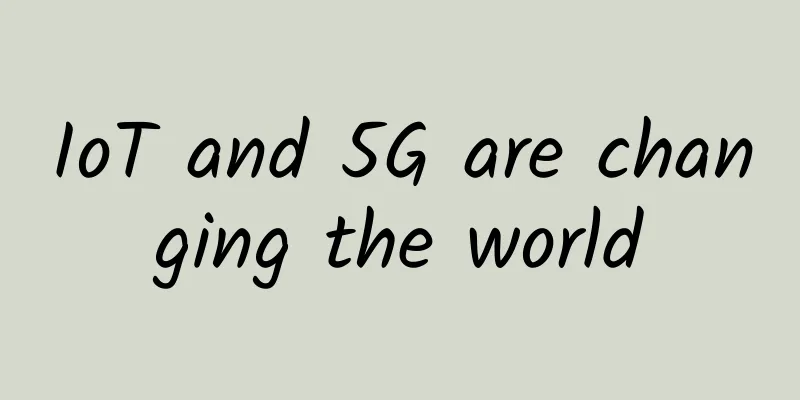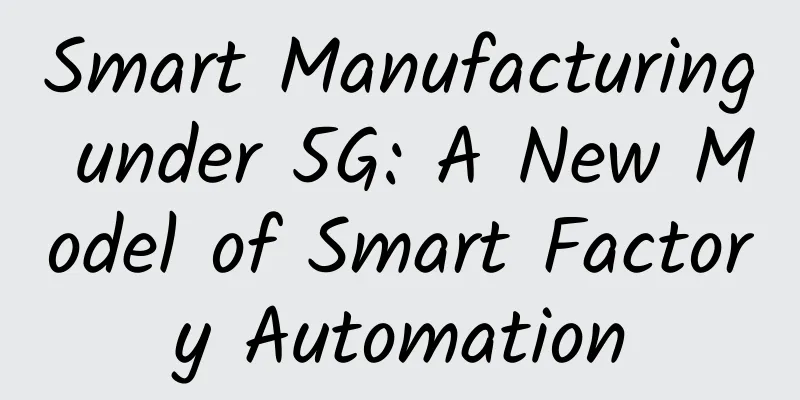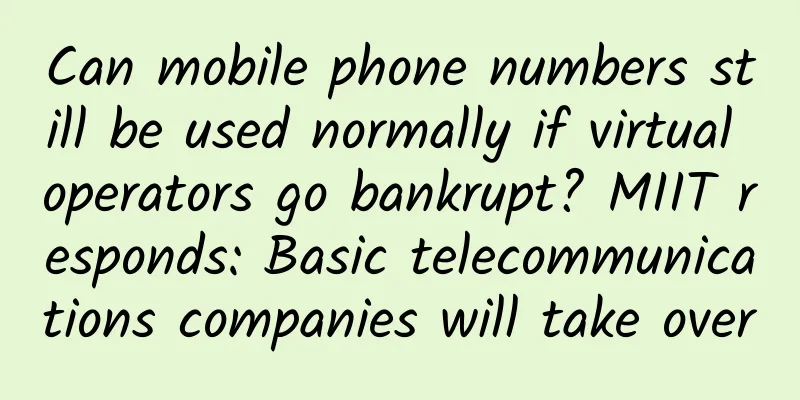IoT and 5G are changing the world

|
By 2025, there will be 5 billion cellular-connected devices, unlocking unprecedented potential. As 5G becomes a reality, coupled with artificial intelligence and edge computing, this means more than just a small leap in the efficiency of cellular technology. Ericsson examines the impact of this change in the study "Connected Industries - A guide to successful digital transformation for your enterprise." changeReinvent yourself to keep pace with digital competitors and win business. Being first to market with digital products can make a huge difference in gaining market share. The vast amounts of customer information captured provide OEMs with insights they can use to improve products, get closer to customers, and maintain a competitive edge. In addition to regulatory compliance, especially in certain industries such as utilities and automotive, OEMs also need to meet ever-increasing safety and efficiency standards—and ensure that their products, services, and business processes meet these demands. Business considerationsUse digitalization to increase productivity and minimize inefficiencies. Productivity and efficiency are the main drivers of most IoT projects today. For example, with smart meters, utility companies can save up to $200 per meter per service visit because technicians don’t have to be on-site to read or repair meters. While digitalization helps companies streamline operations and face competitive cost pressures, information about how their products and services work and how customers use them can help improve service quality, active customer engagement, and personalization. SustainabilityReduce consumption and promote a smart and sustainable environment. More and more companies are committing to the United Nations Sustainable Development Goals in response to the public's growing expectations on environmental and social issues. For them, digital transformation plays an important role in taking social and ecological responsibility in addressing global challenges. In logistics, the Internet of Things is helping to reduce global food waste from farm to table by 30%, while in the automotive industry, connected safety cameras enable car manufacturers to reduce collisions by up to 20%. Mercedes Benz CaseWhen Mercedes-Benz designed its new factory in Sindelfingen, the company wanted to replace its traditional assembly lines with automated driverless transport systems and increase the efficiency and flexibility of its production lines. To achieve these goals, Mercedes-Benz knew it had to introduce innovative technologies. The car manufacturer has partnered with Telefónica Deutschland to build the world’s first 5G mobile network for automotive production. The solution is an Ericsson private network with 5G Radio Dot System, which enables high-performance coverage of 20,000 square meters within the business premises and will be expanded to every 220,000 square meter facility. All production systems and machines in the newly built factory are connected and operated via a secure 5G network, which has gigabit data rates and extremely low latency when processing large amounts of data. |
<<: How to ensure the security of 5G wireless networks
>>: Economic uncertainty increases cybersecurity risks
Recommend
What is DNS? Why are there only 13 DNS root servers? Is it really that difficult to give one to China?
The Domain Name System is one of the most importa...
Technical analysis: Comparison between fiber optic transmission and wireless transmission
According to the traditional communication system...
Wi-Fi vs. Ethernet: How Better Is a Wired Connection?
Wi-Fi is obviously more convenient than wired Eth...
The key to managing "big data killing old customers" is to prescribe the right medicine
[[343477]] To manage the phenomenon of "big ...
People's Daily Overseas Edition: "China's Internet Speed" Empowers Thousands of Industries
[[386248]] As of the end of 2020, China has opene...
OneTechCloud offers 10% off on all items, US CN2 GIA high-security VPS with monthly payment starting from 31 yuan
OneTechCloud has released this month's promot...
South Korea's 5G penetration rate exceeds 20%, and 2G networks are about to be completely shut down
South Korea's Ministry of Information and Com...
How to configure OVN load balancer?
Translator profile: Zheng Minxian works for Nooyu...
Mini Program Dependency Analysis Practice
[[350074]] Students who have used webpack must kn...
Will 5G really kill Wi-Fi? NR-U is here
5G is like an elephant running wildly in the wire...
What exactly is RedCap?
[[431894]] With the continuous advancement of 3GP...
Wi-Fi 6 deployment exceeds 5G, will Wi-Fi 6 become the next generation of wireless network?
In addition to popular devices such as smartphone...
DogYun New Year's Day promotion: 30% off on Elastic Cloud, 20% off on Classic Cloud, 100 yuan off per month for dedicated servers, 10 yuan free for every 100 yuan recharged
DogYun (狗云) has launched a promotional event duri...
In-depth analysis of China's 5G commercialization from eight dimensions: trends, challenges, development and future
1. Why choose June 6 to issue 5G commercial licen...
5G mobile phones start at 8,000 yuan. Use WiFi to experience 5G network first
Terminals that support 5G will be launched in 201...









